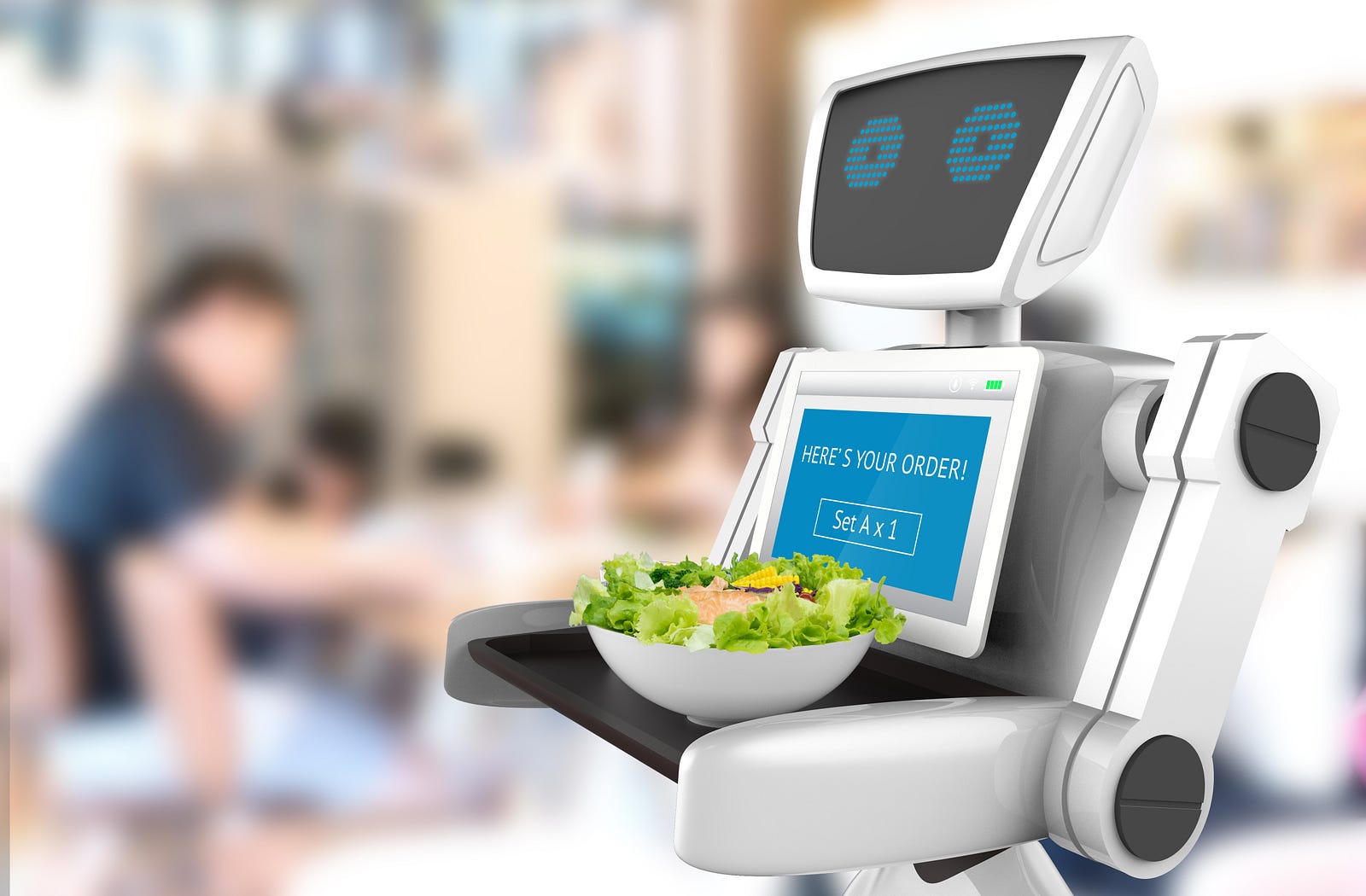Virtual assistants using artificial intelligence
Virtual assistants are becoming increasingly popular as they offer a convenient way to access information, control devices, and complete tasks. Artificial intelligence (AI) is playing a major role in the development of virtual assistants, as it allows them to become more intelligent and helpful.
What are virtual assistants?
Virtual assistants are software programs that can be used to perform a variety of tasks, such as:
- Answering questions
- Scheduling appointments
- Controlling smart home devices
- Playing music
- Reading aloud
- Translating languages
Virtual assistants are typically accessed through voice commands, and they can be used on a variety of devices, including smartphones, tablets, and computers.
How does AI improve virtual assistants?

AI allows virtual assistants to become more intelligent and helpful in a number of ways. For example, AI can be used to:
- Improve natural language processing. Natural language processing (NLP) is the ability of a computer program to understand and process human language. AI can be used to improve NLP in virtual assistants, making them better able to understand and respond to complex questions and requests.
- Provide more context. AI can be used to provide virtual assistants with more context about the user's requests. This can help them to provide more relevant and helpful information.
- Learn and adapt. AI can be used to allow virtual assistants to learn and adapt over time. This means that they can become more helpful and efficient the more they are used.
The benefits of using virtual assistants

Virtual assistants offer a number of benefits for users, including:
- Convenience. Virtual assistants can make it easier to complete tasks, as they can be used to access information, control devices, and complete tasks without having to type or use a mouse.
- Speed. Virtual assistants can help users to complete tasks quickly, as they can understand and process commands quickly.
- Accuracy. Virtual assistants can be accurate in providing information and completing tasks, as they are powered by AI.
- Personalization. Virtual assistants can be personalized to meet the individual needs of each user. This means that they can provide information and complete tasks that are relevant to the user.
The challenges of using virtual assistants

There are a number of challenges associated with using virtual assistants, including:
- Privacy concerns. Virtual assistants collect a lot of data about users, which raises concerns about privacy.
- Security concerns. Virtual assistants can be used to access sensitive information, which raises security concerns.
- Bias. Virtual assistants can be biased, which can lead to them providing inaccurate or harmful information.
- Trust. Some users may be hesitant to trust virtual assistants with their personal information or to complete tasks on their behalf.
The future of virtual assistants

Virtual assistants are still in their early stages of development, but they have the potential to become even more powerful and helpful in the future. As AI continues to improve, virtual assistants will become more intelligent and able to understand and respond to complex requests. They will also be able to learn and adapt over time, becoming even more helpful and efficient.
Virtual assistants have the potential to revolutionize the way we interact with technology. They can make our lives easier, more convenient, and more productive. As they continue to develop, virtual assistants will become an increasingly important part of our lives.
How to use a virtual assistant

Virtual assistants can be used in a variety of ways. Here are some tips on how to use a virtual assistant:
- Start by giving your virtual assistant a name. This will make it easier to interact with the assistant and to remember its commands.
- Learn the basic commands for your virtual assistant. Most virtual assistants have a similar set of basic commands, such as "search the web," "play music," and "set a reminder."
- Don't be afraid to experiment. Virtual assistants are designed to learn and adapt over time. The more you use your virtual assistant, the better it will become at understanding your requests.
- Be patient. Virtual assistants are still in their early stages of development. They may not always understand your requests or be able to complete tasks perfectly.
Popular virtual assistants

There are a number of different virtual assistants available, each with its own unique features and capabilities. Some of the most popular virtual assistants include:
- Amazon Alexa
- Google Assistant
- Apple Siri
- Microsoft Cortana
- Samsung Bixby
These virtual assistants are available on a variety of devices, including smartphones, tablets, and smart speakers. They can be used to perform a variety of tasks, such as:

- Answering questions
Post a Comment